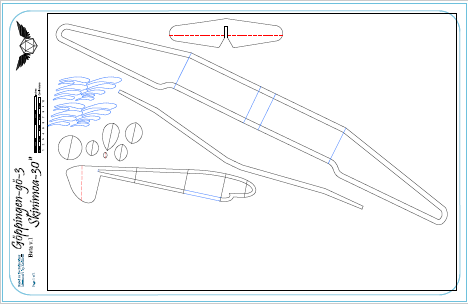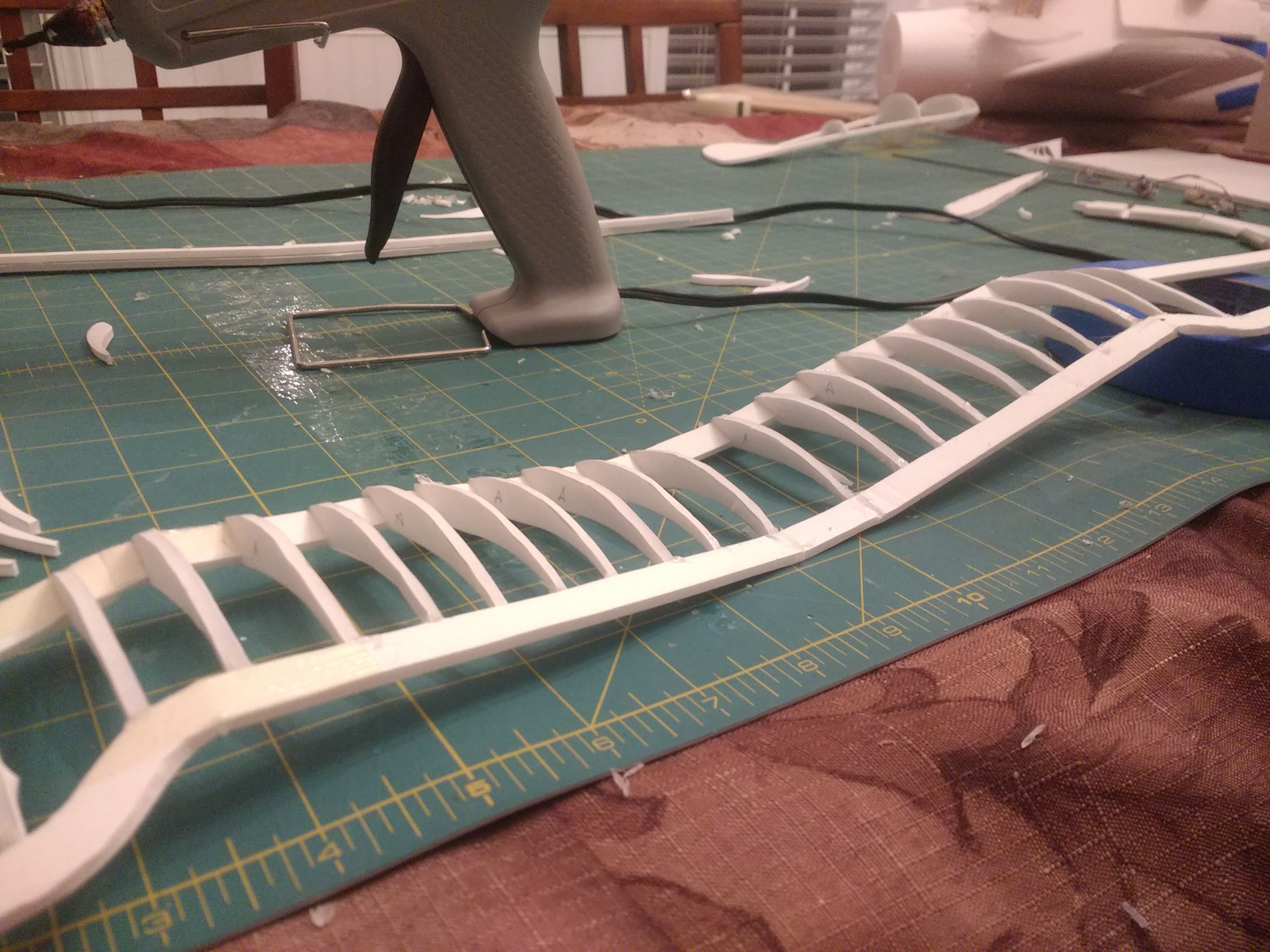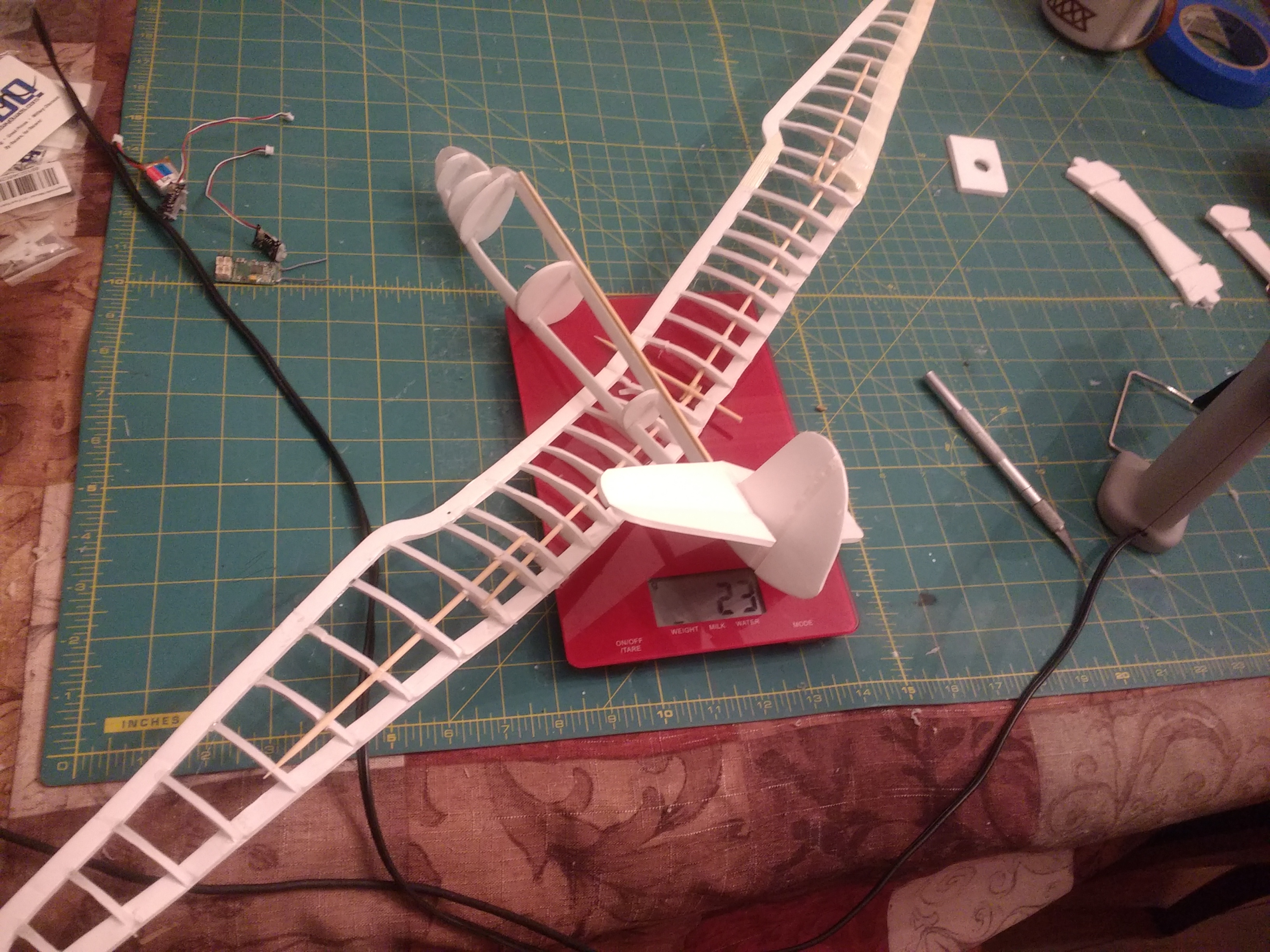I really love the Gull-wing style design of the Minimoa which is a German Sailplane. They come in many sizes; 104" 99" 72" 50" 35" and 34".
I will base mine on the Minimoa 50 (plans depicted below.)
The Göppingen-gö-3 "Minimoa" is a the famous 1930s German sailplane designed be the team of Wolf Hirth and Martin Schempp coined thereafter as Schempp-Hirth, made accessible to hobbyist by Keil-Kraft. This version of the Minimoa plan has re-drawn wing ribs. As the original craft moved from flat bottomed foils to Under-cambered to reduce the minimum sink speed. This plan includes both. I would like to see the difference myself.
This is a video of the large one slope soaring:
Based on some paint schemes this was used as a scout plane during WWII by the Nazis.



History:
Origins of the Minimoa
The Minimoa with its amazing silhouette, it’s probably one of the most reproduced vintage gliders these days, but it still remains a curiosity. Named after a special cloud over Grunau, it symbolizes the 30’s of the German soaring. It was for many of us a technological marvel which helped many pilots quit the slope flying and explore the thermal or even the wave soaring. It was a big step from experimental soaring to pure sport flying.
The Minimoa was one of the first realizations of the young company Sportflugzeugbau Göppingen born in 1935 when Wolf Hirth and Martin Schempp teamed up. Renamed Schempp-Hirth Segelflugzeugbau after the war, they are today one of the most famous and largest glider manufacturer.
It was felt that the "Moazagotl" had been too large for ease of handling on the ground and in the air and the Minimoa was smaller to improve the above defects. To retain the stability and safe handling of the Moazagotl, the new sailplane had the same general features, a swept back wing with pronounced gull dehidral, large ailerons and strong washout, mounted high on the fuselage. Its shorter 17 meter span cut costs while its stronger structure allowed higher speeds.
When seated, the pilot's head was inside the wing, so outward vision was not good. A window in the roof helped a little. Landings would be on a skid. Split flaps were installed beneath the wing to aid landing in small spaces.
Because of his artificial leg, Hirth had the controls set up with an overhanging control column working a torque tube which passed over his right shoulder to bell cranks in the wing root. The entire top front of the fuselage lifted off to allow him to get in and out. This was not to continue with production aircraft however.
This unusual prototype flew in 1935 and was taken to the Rhon meeting. The first Minimoa accompanied Hirth when he visited Japan to demonstrate and promote soaring later in 1935, and was sold there. A second prototype was built, with normal controls. This too went to Japan later. One more of the high winged version was built and sold to a Romanian pilot.


I plan to make a DTFB replica using tongue depressors/craft sticks for wood reinforcement.
Project goals - make a backpack or "throw-this-in-your-passenger-seat" glider, with character
1. Make a 1 sheet version to get the Fuselage skin shape very close ~30".
2. Build it like the plans but using with foam board and tissue.
3. Make the under-cambered wing and test the two wing types.
4. Make a DTFB construction method 50" version.
I'd Like to take a moment here to Thank @rockyboy for his dedication to present these enticing challenges year after year.
Without them, my house would not nearly be as filled with planes. It was the WWII no-service design build challenge that pulled me past following along, and deep into the forums.
I will base mine on the Minimoa 50 (plans depicted below.)
The Göppingen-gö-3 "Minimoa" is a the famous 1930s German sailplane designed be the team of Wolf Hirth and Martin Schempp coined thereafter as Schempp-Hirth, made accessible to hobbyist by Keil-Kraft. This version of the Minimoa plan has re-drawn wing ribs. As the original craft moved from flat bottomed foils to Under-cambered to reduce the minimum sink speed. This plan includes both. I would like to see the difference myself.
This is a video of the large one slope soaring:
Based on some paint schemes this was used as a scout plane during WWII by the Nazis.



History:
Origins of the Minimoa
The Minimoa with its amazing silhouette, it’s probably one of the most reproduced vintage gliders these days, but it still remains a curiosity. Named after a special cloud over Grunau, it symbolizes the 30’s of the German soaring. It was for many of us a technological marvel which helped many pilots quit the slope flying and explore the thermal or even the wave soaring. It was a big step from experimental soaring to pure sport flying.
The Minimoa was one of the first realizations of the young company Sportflugzeugbau Göppingen born in 1935 when Wolf Hirth and Martin Schempp teamed up. Renamed Schempp-Hirth Segelflugzeugbau after the war, they are today one of the most famous and largest glider manufacturer.
It was felt that the "Moazagotl" had been too large for ease of handling on the ground and in the air and the Minimoa was smaller to improve the above defects. To retain the stability and safe handling of the Moazagotl, the new sailplane had the same general features, a swept back wing with pronounced gull dehidral, large ailerons and strong washout, mounted high on the fuselage. Its shorter 17 meter span cut costs while its stronger structure allowed higher speeds.
When seated, the pilot's head was inside the wing, so outward vision was not good. A window in the roof helped a little. Landings would be on a skid. Split flaps were installed beneath the wing to aid landing in small spaces.
Because of his artificial leg, Hirth had the controls set up with an overhanging control column working a torque tube which passed over his right shoulder to bell cranks in the wing root. The entire top front of the fuselage lifted off to allow him to get in and out. This was not to continue with production aircraft however.
This unusual prototype flew in 1935 and was taken to the Rhon meeting. The first Minimoa accompanied Hirth when he visited Japan to demonstrate and promote soaring later in 1935, and was sold there. A second prototype was built, with normal controls. This too went to Japan later. One more of the high winged version was built and sold to a Romanian pilot.


I plan to make a DTFB replica using tongue depressors/craft sticks for wood reinforcement.
Project goals - make a backpack or "throw-this-in-your-passenger-seat" glider, with character
1. Make a 1 sheet version to get the Fuselage skin shape very close ~30".
2. Build it like the plans but using with foam board and tissue.
3. Make the under-cambered wing and test the two wing types.
4. Make a DTFB construction method 50" version.
I'd Like to take a moment here to Thank @rockyboy for his dedication to present these enticing challenges year after year.
Without them, my house would not nearly be as filled with planes. It was the WWII no-service design build challenge that pulled me past following along, and deep into the forums.
Last edited:





























